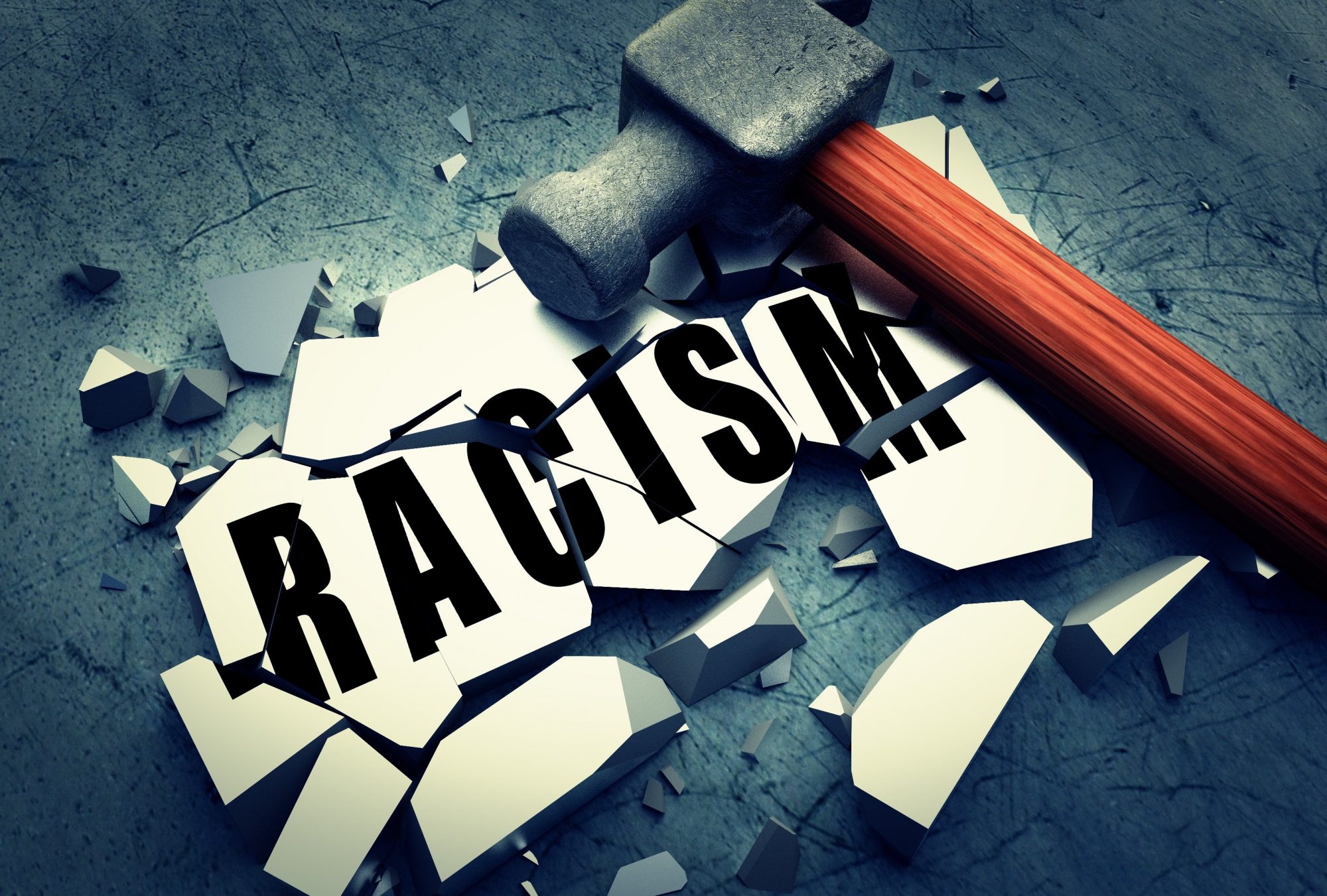Reading through Trespassers? Asian Americans and the Battle for Suburbia, one can clearly see the thoughts and ideas that the author is trying to provoke out of the reader. The author brings up a lot of questions as to what different words mean in the context of race and its current state. Such questions include the mentioning of what a minority is and who applies to that grouping, or what it means to be a model minority and why it is not necessarily a good thing. I think that the author is trying to provoke the reader into thinking more deeply about the terminology used in racial groupings and further applies it to the identity of Asians. Looking back at our presentation, I think this idea helped frame a lot of what we talked about and why the Asian American experience is negated through the language we use going into these conversations.
Looking at our presentation, I would say we framed the conversation very well and were able to contextualize the geography of the area as well as give more insights as to how racial compositions change because I live in the general area of where the book takes place. This helped further explain the racial dynamics of the Bay Area and how they apply to Mission San Jose High School. Defining what a minority is with the class helped start the conversation on how it is defined among various groups. This further opened the discussion to the application of the book’s contents. We were then able to talk about the idea of a model minority and the implications of being a model minority. We found that taking on the model minority status takes away from the experience of the group taking it on as well as makes life harder for those groups who are not in the model minority group. An interesting point brought up in class was on who gets to decide the status of these groups. It was generally agreed upon that white people are the ones who get to make these classifications. Since they are the ones in a position of power, they can decide who is in what group and if it will be racialized such as with religion.
We then examined a lot of the media portrayal of Asians and how they are constantly set up as being a model minority and nearing in on being white. Looking at various article titles, it becomes clear that major publishers also recognize how Asians are ‘becoming white’ in America. This idea also takes away from the experiences Asians have had in the US because they had to work hard to get to where they currently are. Them being a model minority also keeps other groups in a negative light because if Asians are the model minority, then it assumes that other groups such as African Americans and Hispanics are just not a ‘good’ minority.
We then looked at schooling systems and their connection with Asian Americans because of the differences in prioritization between Asians and white people. Asians tend to prioritize more STEM fields in their studies, whereas white people want a more ‘well-rounded’ and ‘balanced’ education. As seen with Mission San Jose, this difference in where people want to focus their academics causes a different type of white flight where the white people of the area leave because of the rigor of the work in the primarily Asian schools. This connection was interesting because of the high amount of white people leaving and using the rigor as another way to move out. This brings up the question of when it is valid for white people to leave an area without it being considered white flight. Next, I enjoyed connecting what we read with the statistics of Bowdoin’s racial makeup and how people may think the future of Bowdoin will look like.
After class, I was mostly left thinking about what it means to be a model minority and what if some other race was considered the model minority. I was wondering if we would see a difference in the way races see themselves if some other race such as Hispanics were the model minority. Would we see a change in the dynamic of the standard people hold themselves to? I was also left to think about the implications of the white flight in Fremont considering it is an area so close to me. Would some issue like the rigor of schools also bring up other issues of self-segregation among neighborhoods? Although the focus of the book was mostly on schools, it brings up many interesting questions on separate issues.

I thought that the economic opportunity and racism discussion was interesting. I learned a lot about different parts to assimilation (like cultural and racial assimilation/ upward and downward assimilation). I was able to compare and contrast some of the ideas about the identity of Asians to my black identity. I think the concept of the model minority separates the minority group (all non-white’s) even more. It is another stereotype, imposed upon by white people, that Asians must choose to either live up to or deny. I wonder how social interactions would change if Hispanics or African Americans were seen as the model minority, and how that would reframe Americans’ interpretation of the ghetto, criminals etc.
I thought the part of the discussion about the “model minority” was very interesting because we, society, tend to group and categorize people. In doing that, we, in turn, describe our inherent bias’ that we use for creating the “model minority.” What’s the point in creating a model minority? Why do we think to label Asian Americans as the model minority? It is because we are still seeing white as the standard, so as a society we need to catch these problematic labels.